What should be the composition and how to make the soil for orchids with your own hands?
The key to successful orchid cultivation at home is the right soil. An orchid will not be able to fully develop in ordinary soil; it needs a special multicomponent, loose soil, which can be purchased at a store or made independently. We suggest considering options for self-compilation of the nutritional composition, as well as to study the main criteria for choosing production soil.
Did you know? The symmetry of the orchid flower is similar to the symmetry of the human face oval.
Basic Orchid Care
Orchids are quite demanding in care. Growing them at home, you need to follow a number of rules:
- planting is carried out only in transparent containers with a large number of drainage holes, which can be done not only in the bottom, but also on the side walls;
- watering is carried out once a week - a pot with an orchid is placed in a bowl of water for 20 minutes, then returned to its original place;
- spraying is completely excluded, since water entering the outlet threatens the plant with death - rubbing the leaves with a wet swab is allowed;
- the room in which the orchid is located should be well ventilated, and at the same time, be protected from drafts;
- transplantation is carried out as necessary, when the roots fill the entire pot and begin to make their way through the drainage holes, about once every 2-3 years.
We recommend that you learn more about how to plant indoor plants correctly and when.
Suitable composition and soil requirements
Before transplanting, you need to figure out what the soil should be. What the soil will consist of depends on the nature of the plants. Most orchids are epiphytes. Their roots are involved in the process of photosynthesis and accumulate moisture, then giving it to the ground part. In the wild, they settle in crevices of the bark of large trees, but they don’t receive food from the donor. Such orchids will suit the soil, consisting of oak bark or conifer. A less common type of earthen orchid, prefers light peat soils covered with mosses. For earthy varieties, bark mixed with nutritional supplements and light soil is suitable.

- high hygroscopicity;
- ease;
- ability to dry in 72 hours after moisturizing;
- high nutritional value;
- the ability to maintain plants upright;
- maximum proximity of the nutritional composition to the natural;
- neutral acidity is in the range of 5–7 pH.
Applicable substrate components
The composition of the soil for orchids may include the following components:
- vermiculite - is used as a baking powder for different types of soil, supports its structure, preventing the formation of lumps, the material is able to absorb moisture, several times its weight in excess, reduces the intensity of salinity and acidity;

- expanded clay - used as drainage, has a high ability to absorb water, the main disadvantage is the ability to accumulate salts contained in liquids;
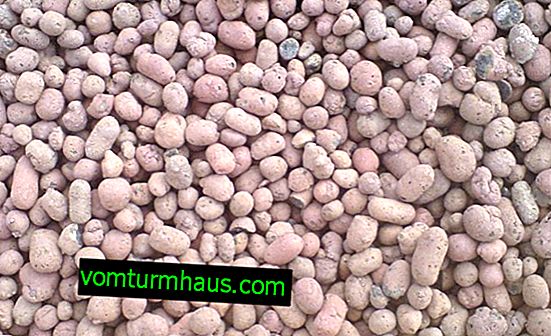
- polystyrene - a component of drainage and stability, allows air to pass through;
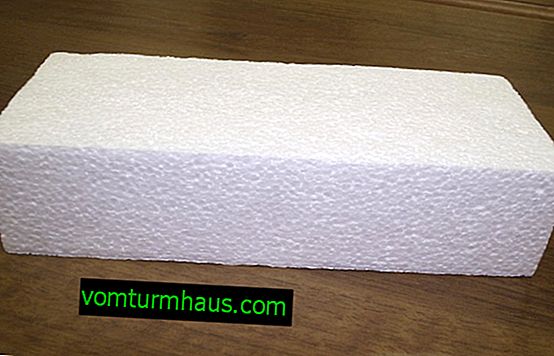
- peat - the component has a high moisture capacity, the ability to retain nutrients and not lose its light structure even when wet, the main disadvantage is the increased acidity, which must be constantly adjusted;
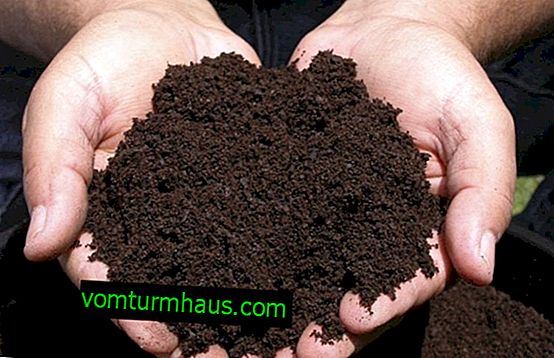
- fern rhizomes - have the same properties as tree bark, until recently, the component was the main component of the soil mixture for orchids, but today its deficit forces the use of bark;

- charcoal - its amount should not exceed 5% of the total composition, acts as an antiseptic that prevents the development of rot and a baking powder;

- coconut substrate - a component that does not gather in lumps, perfectly regulates humidity by absorbing water;
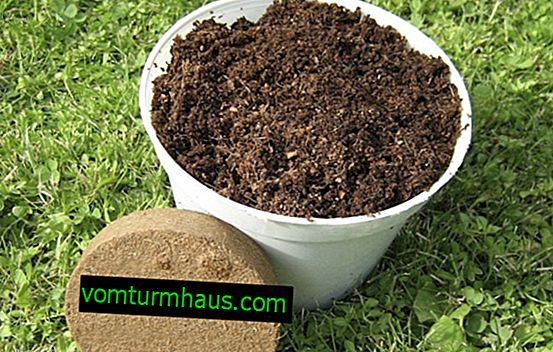
- pine cones - only the woody parts of the cones are used, their properties are close to the bark, uncomfortable in operation;
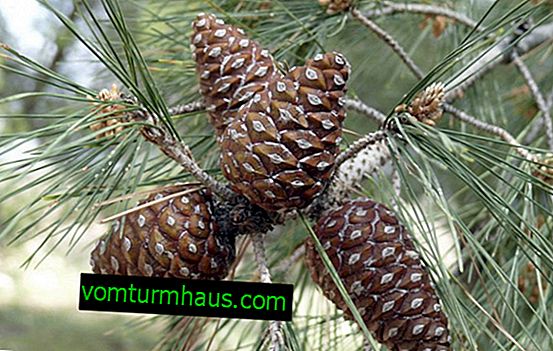
- coniferous and oak bark - helps to evenly distribute moisture, requires preliminary heat treatment to eliminate resins and tannins;
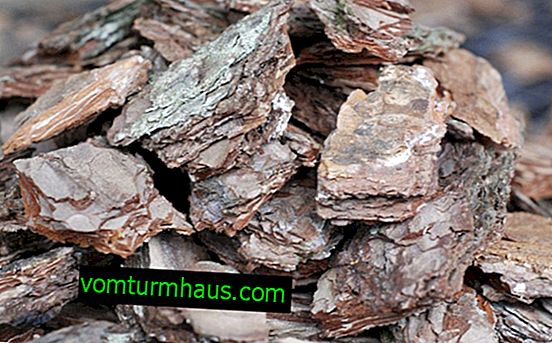
- moss sphagnum - the main element in the preparation of soil mixtures, is highly hygroscopic, contains a large number of micronutrients, and its poor microflora prevents the growth of bacteria;

- natural cork fibers - almost never used due to scarcity;
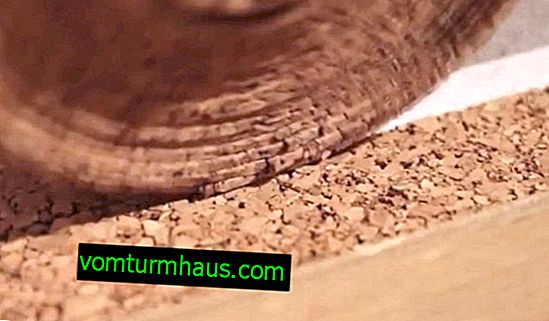
- activated carbon - more often used as an antiseptic for dusting the wound surfaces of the plant body, especially relevant when transplanting plants.
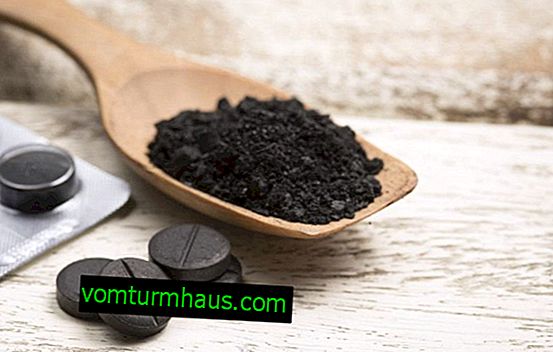
How to choose the finished soil?
The most high-quality store mixes are:
- "Flower happiness" by Fasco.
- "Pokon."
- "Florin" for an orchid.
- "JVI."
- "Effect".

- tree bark of different fractions;
- perlite;
- antiseptic;
- micro and macro elements.
- Advantages of purchased soil for orchids:
- reduction of time for transplantation;
- lack of need for soil disinfection.
- Disadvantages of the purchased substrate:
- quality in reality does not always correspond to the declared;
- often a large amount of wood dust is present in the composition instead of large fractions of the bark;
- high price.
With independent mixing of the components, the grower gets the opportunity to choose the necessary components in the right volume and reduce the cost of soil.
How to make soil with your own hands at home
It is very easy to mix the soil for orchids on your own. The main thing is to observe the proportions and processing rules of some components.

Components and Proportions
To produce a substrate that is enough for 2 pots 10 cm high with a diameter of 11 cm, the following components will be required:
- pine bark - 1 kg;
- sphagnum moss can be fresh or dry - 1 l;
- basal fertilizer for orchids - 10–20 g;
- succinic acid - 2 g;
- charcoal - 200 g (can be replaced with 10 tablets of activated carbon).
Step-by-step instruction
Having collected all the necessary ingredients, we proceed to their processing and mixing:
- Cut the bark and charcoal into small fractions of 3 × 4 cm and 2 × 3 cm.
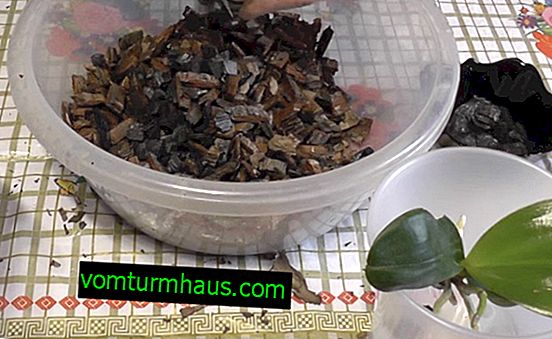
- Pour the prepared bark with charcoal with boiling water, cover with a lid and leave to cool completely.
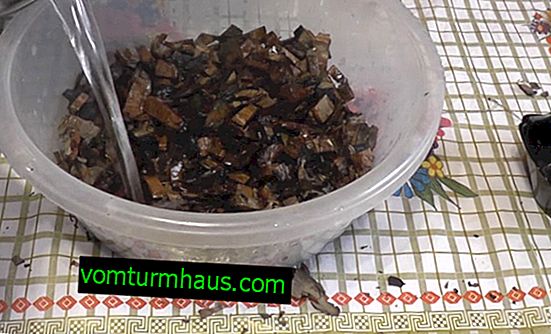
- Add fertilizer, succinic acid to the cooled mixture and mix thoroughly.

Video: DIY substrate for orchids
Preparation for use and soil laying technology
The soil for orchids should be used immediately after cooling, so that the bark is not much saturated with water. Soil and moss is laid in a pot in layers. You can remove the bark from the water and mix it with moss.
Observing all the instructions and proportions, the soil for planting an orchid is quite easy to do on your own. In this substrate, plants take root even better than in the purchased one.


















